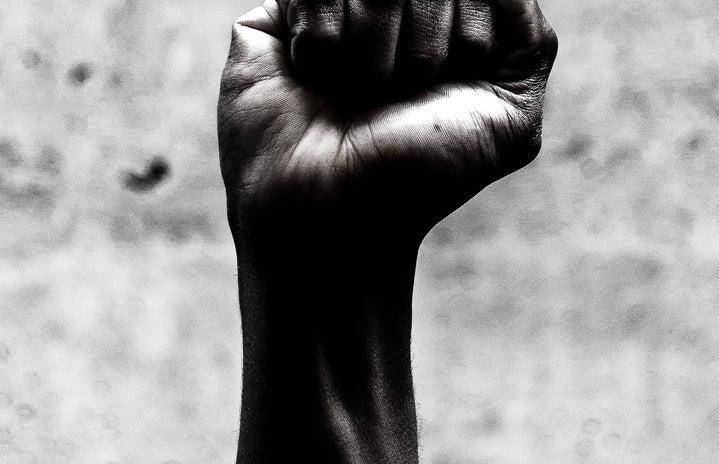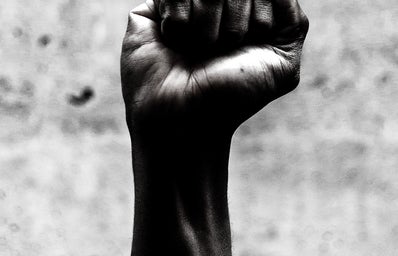February is Black History Month and there is an abundance of African-American history right here in Atlanta to explore. Atlanta was a pivotal place during the civil rights movement. Meetings were held in Atlanta where civil rights leaders would fellowship and discuss plans. The Student Non-Violent Coordinating Committee was a product of college students in the Atlanta University Center that wanted to bring forth change. There is no doubt history was made in Atlanta so let’s explore some of it as we celebrate Black History Month.
- Martin Luther King Jr., Center for Nonviolent Social Change
-
The world knows Martin Luther King Jr. for his “I Have a Dream” speech and his personality as a larger than life fighter for justice and peace, but Atlantans know him as a kid who lived in the Auburn Ave area downtown. Born and raised in Atlanta, and educated in public schools, and Morehouse College, Martin Luther King Jr., became the poster child for the Civil Rights Movement. His childhood home has been preserved and accepts hundreds of thousands of visitors from all over the world throughout the year. Not too far from his home is the Martin Luther King Jr., Center for Nonviolent Social Change, established by his wife Coretta Scott King in 1968. At the center, visitors can view a memorial fountain, exhibits, archives of King’s papers, a historic park, founding documents about the Southern Christian Leadership Conference, and so much more. Visitors are welcome seven days a week and more information can be found here
- Clark Atlanta University Art Museum
-
The art gallery on the campus of Clark Atlanta University predates the university and was started by the parent institutions of Clark College and Atlanta University in 1942. In the 1940s artists of color weren’t able to showcase their work in galleries due to segregation. The galleries provided African American artists a platform to showcase their work on a national level. Over the years 900 artists have been able to exhibit their work. Hundreds of pieces were donated to the university making for a large, diverse collection. Paintings, sculptures and many other pieces of art can be seen in the gallery. The galleries went through a few name changes over the years starting out as the “Annual Exhibition of Paintings, Prints, and Sculpture by Negro Artist of America” to the” Clark Atlanta University Art Gallery”. The Clark Atlanta University Board changed the name from the “Clark Atlanta University Art Gallery” to the Clark Atlanta University Art Museum in 2002. It’s free for students and admission to the general public can be found here.
- National Center for Civil and Human Rights
-
The National Center for Civil and Human Rights broke ground in 2007 on land donated by Coca Cola in the middle of downtown Atlanta. It was a mere dream of Evelyn Lowrey and Andrew Young, two important figures in the American Civil Rights Movement. The former mayor of Atlanta, Shirley Franklin launched the center. It’s one of the few museums that bridges the gap between the American Civil Rights Movement and the Global Human Rights Movement. Its goal is to educate, empower, and inspire everyone who walks through its doors. Visitors are immersed in art and culture as they view art, artifacts, and experience the power of storytelling while walking through the individual galleries. Permanent exhibitions on display are the “American Civil Rights Movement” and the “Global Human Rights Movement”. Current temporary exhibitions are the “Dignity Museum and the “Morehouse College Martin Luther King Jr., Collection”. Admission prices can be found here.
-
The Auburn Avenue Research Library is the only one of its kind in the Southeast, a public library of Atlanta- Fulton county dedicated to the collection and preservation of African American research and culture. It started out as a small collection in a larger Atlanta public library in 1921 and has evolved into its own four-story branch. It was Atlanta’s first public library branch at a time when it was hard for African American Americans to get their hands on books. After moving to several larger spaces, the library finally settled in 1994 as its own branch with over 50,000 square feet. The library hosts community development events, film screenings and discussions, computer literacy workshops, and so much more. Information and a calendar of events may be found here.
Living in Atlanta provides a plethora of black history to explore. Whether you’re a native or a transplant take advantage of Atlanta’s rich history rooted in African American arts and culture.


